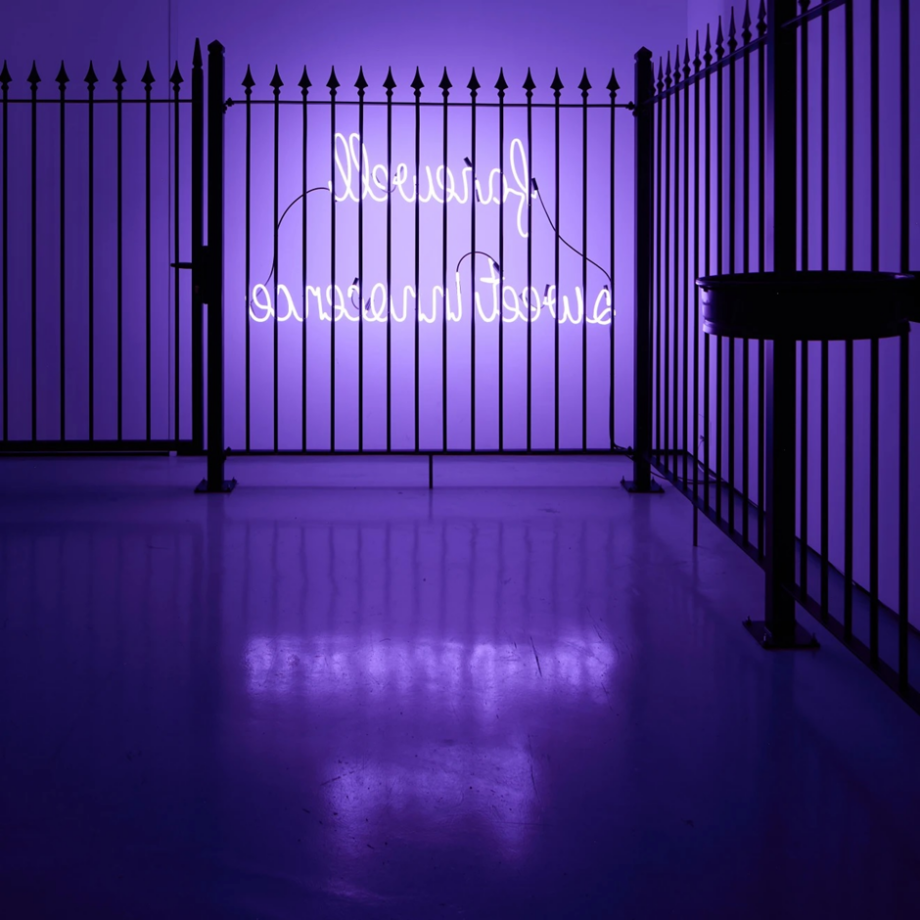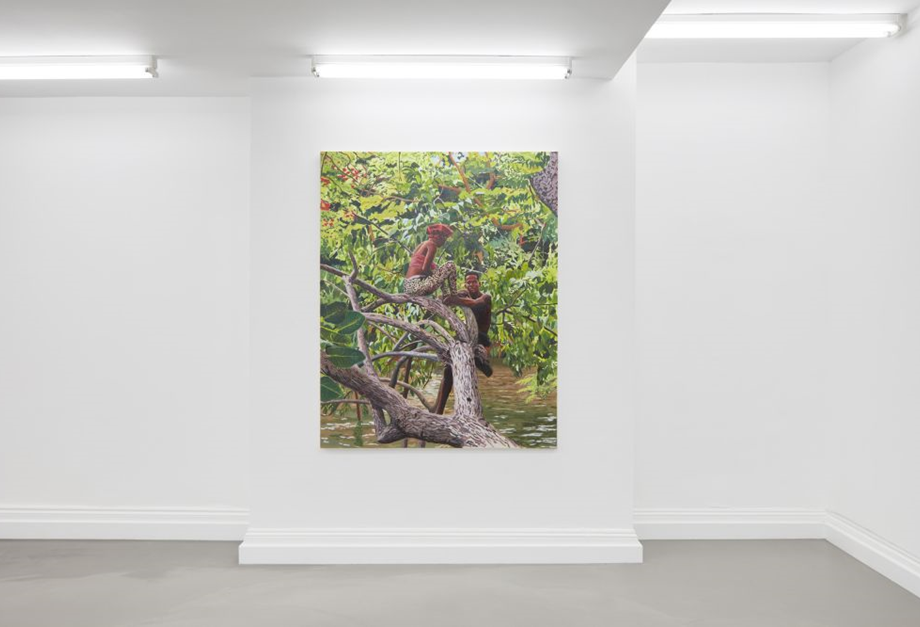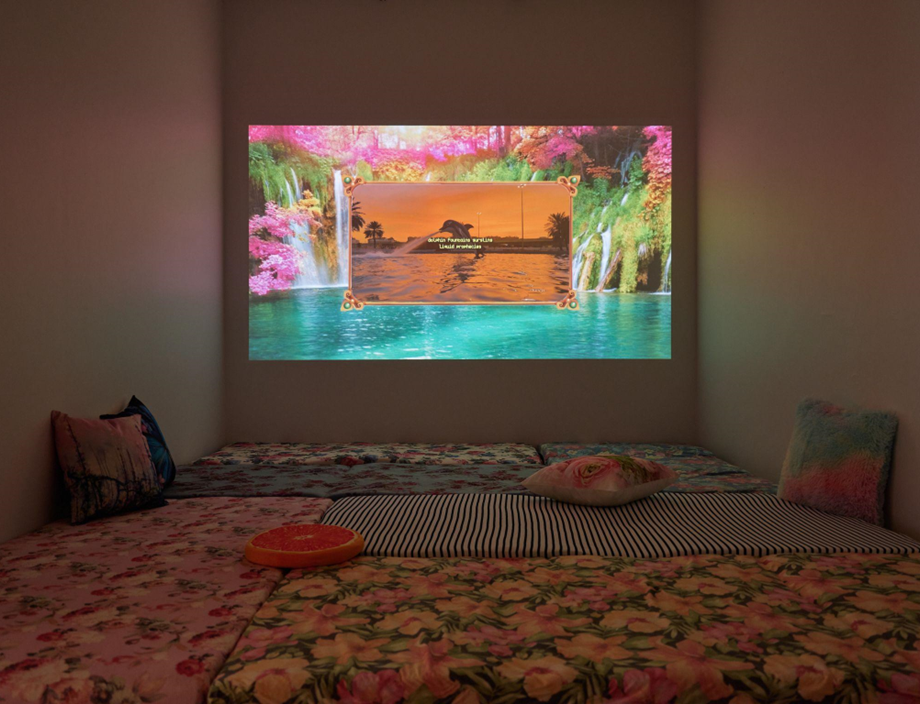
The most exciting seven-day for artists, galleries, collectors and culture lovers alike is in full swing. Here’s a list of collateral events for the weekend and beyond
With Frieze London and Frieze Masters attracting the world’s community right into the beating heart of the British capital, a new wave of exhibitions has just opened their doors to the public with the hope of amassing just as many visitors as the much-anticipated annual fairs. To guide you across the busy art calendar of the coming weeks, we have compiled a selection of must-sees exhibitions, retrospectives and special installations running in parallel with Frieze’s bursting-with-talent programme.
Philip Guston, Tate Modern (through 25 February, 2024)

Launched on 5 October at London’s Tate Modern, Philip Guston (1913-1980) sheds new light onto the artistic production of one of the most imaginary artists of the past century. The first major UK retrospective dedicated to the work of the Canadian painter of Jewish descent in over 20 years, the showcase examines the way in which Guston embraced art as a means of grappling with the all-encompassing sociopolitical and emotional turmoil that characterised the interwar and post-war periods. A childhood friend of fellow genius Jackson Pollock (1912-1956), Guston began to experiment with different techniques, including murals and paintings, to expose racism in America and manifest his discontent with the country’s involvement in wars abroad. Having cemented himself as a leading figure on the abstract painting scene, during the 1960s, the Montréal-born artist shifted towards a cartoonesque representation of the reality around him as if to address the innate satire of modern life. On view through 25 February, this survey celebrates Guston as a countercultural voice of the 20th-century art world by zooming in on his ability to straddle “the personal and the political, the abstract and the figurative, the humorous and the tragic” with effortless wit and expressiveness.
El Anatsui: Behind the Red Moon (Hyundai Commission), Tate Modern (through 14 April, 2024)

Inaugurated on 10 October in the Turbine Hall of London’s Tate Modern, El Anatsui’s Behind the Red Moon is a sculptural masterpiece that needs no further explanation. Realised as part of the Hyundai Commission programme, the artist’s latest absorbing installation was moulded out of thousands of metal bottle tops and fragments. Meticulously reworked by the Anyako-born, Ghanaian artist so as to form wide-ranging, blowy swathes of colour across uneven shapes and hypnotising lines, the source materials serving as the core of his new monumental artwork — all collected in Nigeria — confirm Anatsui’s commitment to working with upcycled goods. An extraordinary testament to the beauty that lies in the discarded, his artistry denounces the long-lasting, harmful legacy of colonial trade routes through a play in three acts. From a distance, symbols such as the moon, the sail, the wave, the earth, and the wall surface before viewers’ eyes. Looking carefully, the surviving logos of the bottles act as a reminder of the consumer economy and its impact on our lives. While taken as a whole, Behind the Red Moon speaks of the interwoven narratives leading Africa and Europe to coexist in their fight for decolonisation and environmental survival.
Georg Baselitz: Sculptures 2011-2015, Serpentine Galleries (through 7 January, 2024)

Since the beginning of his decades-spanning career and up to 1979, thanks to his unique approach to form, colour and texture, Saxony-born artist Georg Baselitz has rekindled the tradition of German Expressionism. Dismantling and reconstructing the human form to his own taste and pleasure, Baselitz’s bodily canvases are powerful enough to speak for themselves as dramatic embodiments of the human condition. Over the last 44 years, the artist has found in sculpture a new opportunity to confront himself with the raw features of our corporeal vessel, producing three-dimensional artworks that translate the turbulence of his signature style into haunting physical pieces. Selected in collaboration with Baselitz himself and taken into London’s Serpentine Galleries directly from his studio, the timber sculptures and inky drawings presented within Georg Baselitz: Sculptures 2011-2015 attest to his ability to reinvent himself in relation to different mediums while preserving the stirring intensity that characterises his earliest works. Originally carved as maquettes in preparation for bronze works, these totemic sculptures offer exclusive insights into Baselitz’s interdisciplinary process by serving as an immersive exploration of his shape-shifting oeuvre.
Simeon Barclay: At Home, Everywhere and Nowhere, Workplace and Gathering (through 11 November)

A collaboration between London’s Workplace Gallery and Gathering, At Home, Everywhere and Nowhere is a new, eclectic solo exhibition by Simeon Barclay. Taking over both galleries and spanning large-scale sculpture, installation, and wall-based work, the showcase sees the Huddersfield-born artist turn to his mediums of choice to immerse the audience in a multisensory journey imbued with a disorienting feel. Hinting at the shallowness of contemporary beauty standards and the sterility of fame, a video work featuring re-adapted stills from Hedi Slimane’s Celine Autumn/ Winter 23 fashion campaign faces viewers with “models projecting an effortless nonchalance behind sunglasses” in a striking contrast between the real and the artificial. To complete the piece, the artist has enriched the surface with vinyl and painted canvas in a bold, thought-provoking statement that reflects his view of deconstruction, fandom and appropriation. Workplace is transformed into a neon-lit, obscure space evoking night danger. Inhabited by aphoristic, luminous messages, strange and familiar sculptural elements, the installation embodies “the notion of strength as a defence mechanism”. A critique of the privatisation of urban space, the showcase symbolically brings the public to experience the constraints forced upon passers-by by institutions of control, the physical and emotional uneasiness of which stays with the audience even after leaving the gallery.
Raelis Vasquez: 46, PM/AM (through 31 October)

Dominican artist Raelis Vasquez looks at his canvases as a blank slate on which to express the vibrancy and complexity of the Afro-Latinx experience. In 46, his newest solo show hosted at London’s PM/AM gallery, the artist gives life to a new body of paintings that challenges viewers’ “positions on class, race and geography”. An investigation into the historical, political and personal narratives converging into the contemporary discourse, the exhibition features artworks developed between Amsterdam, the US and London. Drawing on the morphology and mythologies of his neighbourhood, Mao’s El Pueblo de Dios, situated in the Valverde province or the tierra entre rios (“land between rivers”), 46 examines the element of water as a carrier of stories and traditions as well as a fundamental, yet more and more lacking good. Leveraging this reflections as a means of bridging his family history with that of Mao’s indigenous people, Vasquez hopes to show how “the unique and personal interactions between communities and their water sources reflect our own reliance, our own memories and experiences with this life-giving resource”.
Farah Al Qasimi: Abort, Retry, Fail, Delfina Foundation (through 20 November)

In her ongoing solo exhibition at London’s Delfina Foundation Abort, Retry, Fail, multidisciplinary artist Farah Al Qasimi transports viewers in an uncanny, yet inherently personal dimension recasting her Arabic background through a videogame-inspired, patchwork-like intimate collection of works. Comprising expansive vinyl wallpaper pieces, poetic portraits, surreal still-life shots and a gamified, poignant audiovisual installation, the showcase “is an index of attempts to transcend or deny the natural world through entering fictional ones that promise autonomy and disembodiment”, reads a statement released ahead of the launch of the exhibition. Inaugurated with a “family launch” cooked by the artist herself on the premises of the gallery on October 3, Abort, Retry, Fail juxtaposes the organic and the technological in an apparent, powerful disconnect. Taking its name from an error appeared on the screen of Al Qasimi’s long-defunct family computer, which offered a portal into the seemingly interconnected reality of globalisation to both her and her relatives, the exhibition portrays humans as “rooted in the material world and yet transported elsewhere, absorbed in fantasy realms of exploration, purpose, and play”.
Austyn Weiner: Blood on Blood, MASSIMODECARLO (through 11 November)

American artist Austyn Weiner’s latest solo show takes on the shape of a family affair. Gathering a recently-completed collection of large-scale paintings, Blood on Blood, her presentation at London’s MASSIMODECARLO, gives a form and a colour to each one of the emotional bonds bringing the Miami-born artist and her family members closer together. With her deeply intuitive brushstrokes and innate sense for abstraction, the artist translates the highs and lows of her familial nest through the impulsive layering of countless embryo-inspired silhouettes, thoughts and contrasting psychological states. Expanding across all rooms of the Mayfair’s gallery, Blood on Blood — a play on the innate, unbreakable ties that see us inextricably linked to our closest ones, for better or worse — manifests itself as a “Pandora’s box” gradually unveiling the complexities of the artist’s own journey. At once rendering the warmth, comfort and stability of one’s home, whether intended in its physical or metaphorical connotation, and delving into the abyss of mental health, trauma and healing, Weiner’s newest exhibition captures the joy and hardships of family life with sincere profundity in an homage to the people of her life.
Words by Gilda Bruno





